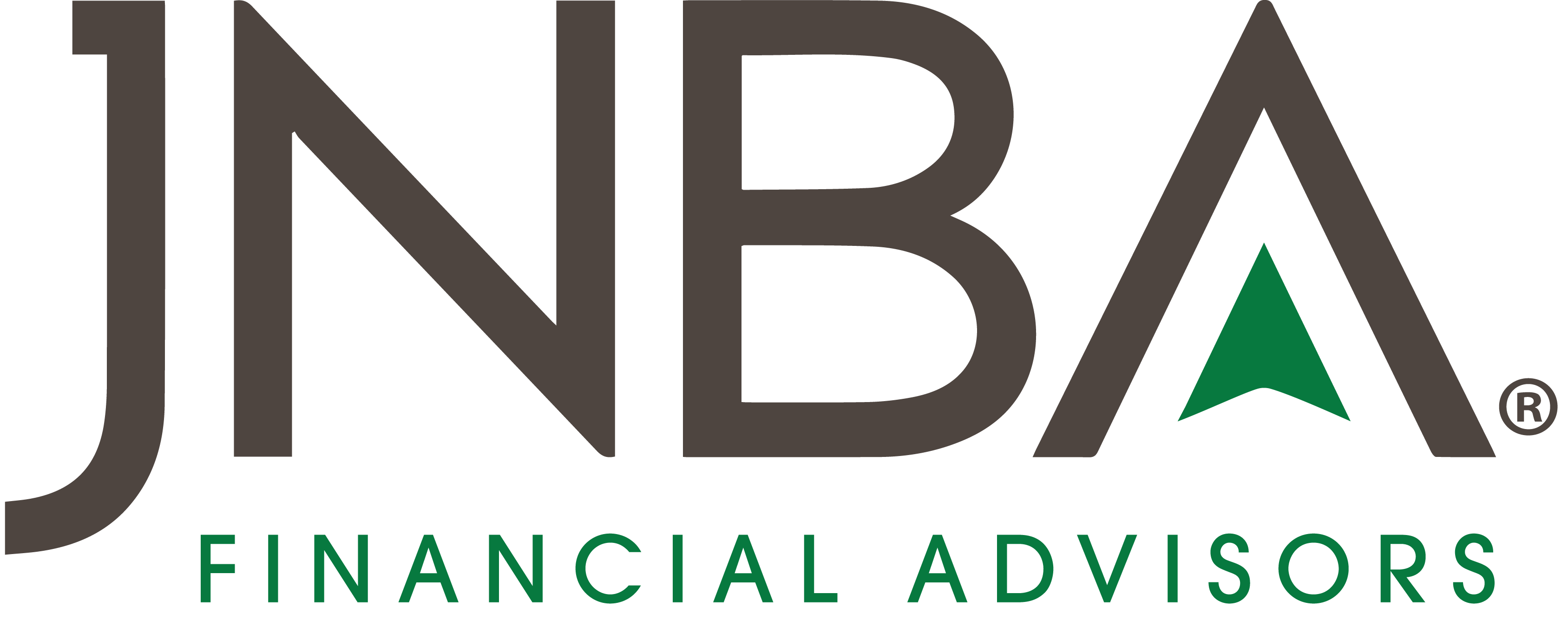Navigating a divorce can be one of the most challenging times that someone experiences. As part of a divorce settlement, one of the parties involved may wish to keep real estate that the couple owned together, such as the house in which they lived. If the property still has a mortgage, you may wonder how best to update the ownership of the debt and if you will have to refinance. Additionally, if you benefit from a low interest rate, you might be curious if you can keep the same rate or if changing primary ownership will move you to a higher interest rate. These are great questions to consider. JNBA Financial Advisors recently hosted Brett Leschinsky from CrossCountry Mortgage who talked about a few solutions that divorcing couples can use to navigate real estate transactions.
WHAT IS A QNDA?
According to Leschinsky, in the current higher interest rate environment, refinancing to remove an ex-spouse’s name or to pull equity out of the home’s value to pay a marital settlement has become undesirable. This has caused an increase in one spouse wanting to keep the current mortgage while removing the other spouse’s name. This is called a Qualified Name Delete Assumption (QNDA). “By executing a QNDA,” explained Leschinsky, “you can remove a borrower from an existing loan and keep all the loan parameters (rate, years remaining, monthly payment, etc.) the same for the person retaining the property.”
If this is a desirable solution, Leschinsky specified the retaining spouse would need to qualify for the loan on their own (based on factors including income). Should they need to get equity out of the home to put towards the marital settlement, they could explore obtaining a second mortgage.
Leschinsky noted that the QNDA option is not always possible and depends on the servicer of the loan (the company to whom the monthly payments are being made). “Even though you are not refinancing the loan, the servicer will likely charge for closing or various other costs to complete this work,” said Leschinsky.
ALTERNATIVES TO QNDAs
Although a QNDA may be a good solution, Leschinsky shared a few other ways to handle real estate transactions during a divorce. Some other solutions may be:
- Leaving both names on the existing mortgage and obtaining a second mortgage to pay the marital settlement, if additional equity is needed.
- Refinancing to remove the ex-spouse’s name and pay the marital settlement in one transaction. This would result in a new mortgage balance, rate, term, etc.
- Selling the property as part of the marital settlement and dividing proceeds according to the divorce decree.
If you or someone you know would like to learn more about how to handle real estate transactions during a divorce, Qualified Name Delete Assumptions, or navigating finances after a divorce, please do not hesitate to reach out to your JNBA Advisory Team.
Due to various factors, including changing market conditions and/or applicable laws, some of the content may no longer be reflective of current opinions or positions. Moreover, you should not assume that any discussion or information contained in this blog serves as the receipt of, or as a substitute for, personalized investment advice from JNBA Financial Advisors.
All services provided by Brett Leschinsky & CrossCountry Mortgage, LLC are separate and independent of JNBA Financial Advisors, LLC. You are not obligated to engage the services of any such JNBA recommended professional. CrossCountry Mortgage would also like to add the following: CrossCountry Mortgage does not receive any business or income from helping divorcing clients navigate the mortgage piece of their divorce. CrossCountry Mortgage educates on tools like QNDA’s and how to avoid refinancing at a higher rate.
Please see important disclosure information at jnba.com/disclosure






